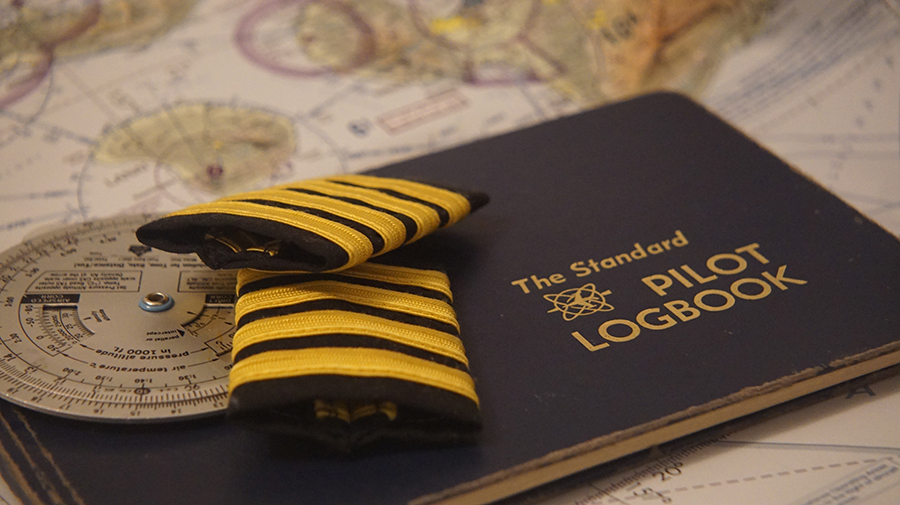If the aircraft is the pilot’s sword, the logbook is their battle scar. The pilot logbook is far more than a timekeeping record; A pilot’s logbook represents their professional history and flight experience, and because no one logbook is the same, their personality.
If you’ve just begun your aviation journey, the pilot logbook can seem intimidating with all of its columns, rows, and acronyms. If you have more experience, your logbook can quickly (if it hasn’t already) spiral out of control and become a mess of corrections, dissimilar text, and worse of all – errors.
Luckily, we’re here to help. By applying the few basic rules in this article, you will ensure that your logbook stays pristine and professional for the rest of your aviation journey.
Log Hours Properly
When using a logbook for the first time, one of the first things that you need to decide is the format you will use to log time.
There are two accepted formats for logging flight time:
- Hours and Minutes (e.g., 1:18 = one hour and eighteen minutes)
- Decimal Hours (e.g., 1.3 = one hour and eighteen minutes)
Hours and Minutes
Logging flight time in hours and minutes is somewhat deprecated and less commonly used today.
Despite this, it has its advantages. Recording flight time is easy, as flight time is entered in an understandable time format (e.g., a flight of one and a half hours is entered as 1:30).
This time format does make adding time more difficult without the use of a scientific calculator, however.
Decimal Hours
Logging flight time in decimal hours is more common and makes the totaling of flight time far more manageable.
You will, however, have to perform some mental math or use a calculator when making logbook entries using this format; Each decimal hour (0.1) is equal to 6 minutes, which means your flight minutes will have to be divided by 6 to obtain decimal hours (e.g., a flight of one and a half hours (1:30) = 1. [30/6] = 1.5).
Some pilots also log decimal hours to two decimal places (e.g., 1 hour 13 minutes = 1.22), making entries more accurate but also more complex.
Engine Hobbs meters also count in decimal hours and are often used to record flight time, particularly when renting aircraft.
What Counts as Flight Time?
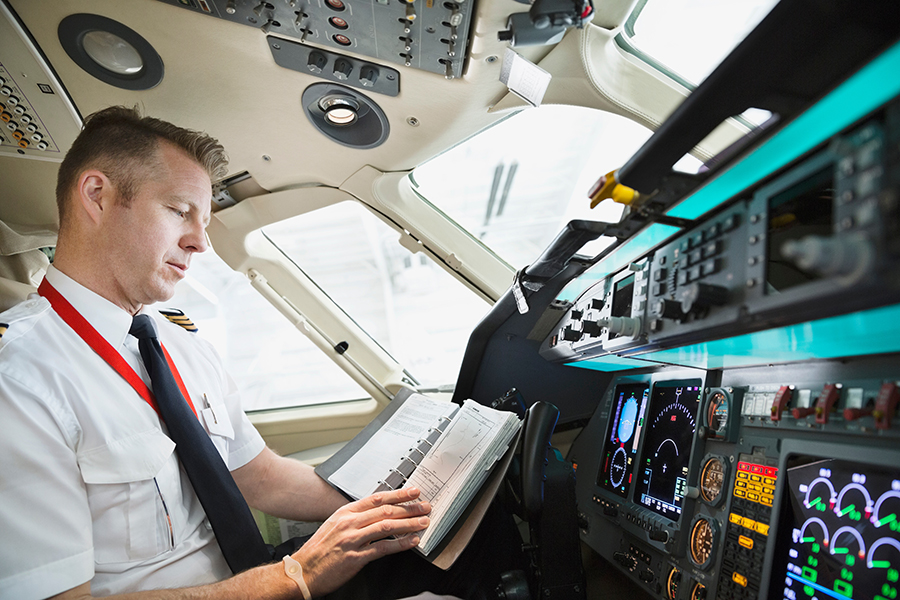
14 CFR 1.1 defines flight time as “[commencing] when an aircraft moves under its own power for the purpose of flight and ends when the aircraft comes to rest after landing.”
It is important to remember that the FAA has clarified that this definition applies as long as there is a continuing “purpose of flight.” In other words, even if the aircraft is delayed after moving under its own power (due to a mechanical or weather-related issue, for example), it will continue to accrue “flight time.”
For a more detailed example of how to log flight time to reduce mistakes, check out this article.
Keep Your Logbook in a Controlled Environment
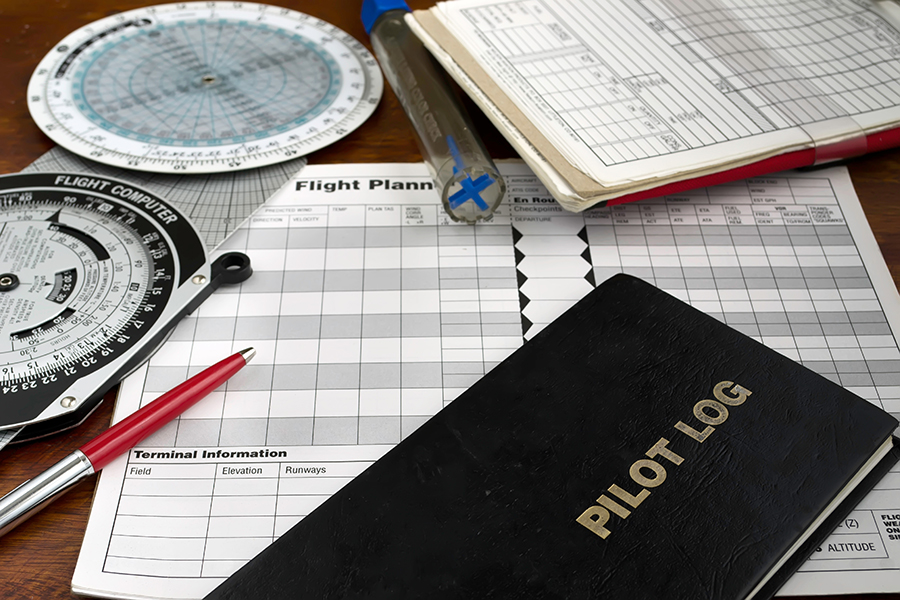
Your logbook, like any book, is made of paper. Paper is, unfortunately, not waterproof, which means you will need to ensure it is not exposed to any humidity or moisture.
You also need to ensure that your logbook is kept out of the sun. The UV rays from the sun can damage and stain your logbook. Unless you’re going for a vintage logbook feel, a damaged and stained logbook is not the best look.
If you need to travel with your logbook, or there is a risk that you may expose your logbook to the elements, an easy and cost-effective way to protect your logbook is to put it in an air-sealed Ziplock bag.
Correct Mistakes Correctly
Because of our inherent nature, and despite the fact that we are pilots, we do sometimes make mistakes.
While mistakes in your logbook are inevitable, a shoddy, unprofessional correction is not.
When you do make a mistake, cross it out with one straight line in the middle of the entry. Double-check your next entry before writing it down; The last thing you want to do is correct your correction.
And use a ruler! Nothing makes a logbook look more unprofessional than messy corrections.
Use the Same Pen Throughout
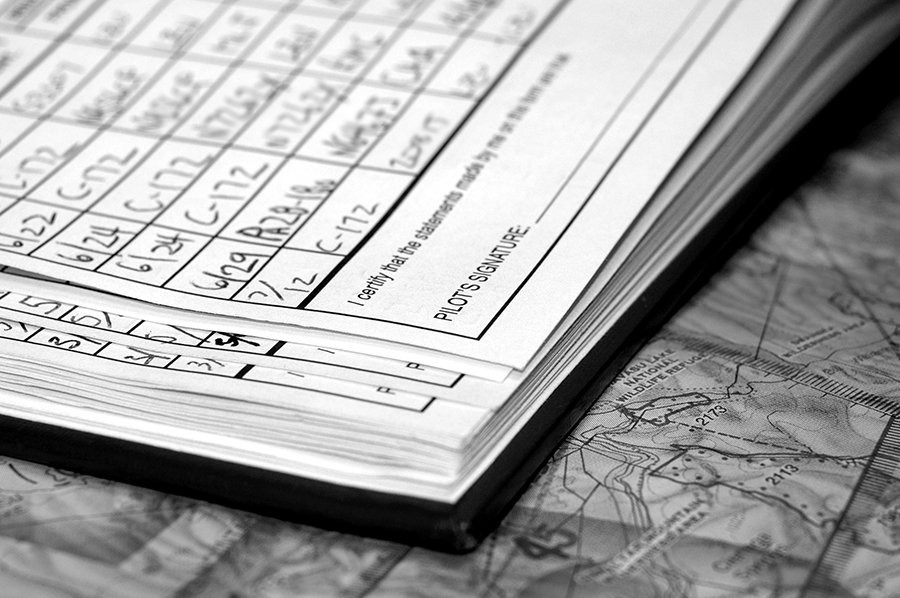
The easiest way to make your logbook look professional is to use the same pen throughout.
This achieves two things:
- The same text color is used throughout.
- The same text thickness is used throughout.
Using the same text color throughout your logbook is an easy but often overlooked way of keeping it professional. Imagine reading a legal document from a lawyer that randomly alternates between blue and black text. That wouldn’t look very professional, would it? Either blue or black will work, but black ink tends to look more professional.
Additionally, using the same pen ensures that each entry has the same line thickness. Different entries of varying thickness create unnecessary emphasis and do not make reading a logbook a pleasant experience. You may want to consider purchasing your choice of the pen in bulk or purchasing a refillable pen.
Furthermore, don’t use a pencil! A pencil is not an accepted method of logbook entry, and all signatures must be in pen.
Make a Habit
A good majority of logbook entry errors can be avoided by making logbook entries when not under time pressure. Rushing through your logbook entries is a sure-fire way to make mistakes.
Consciously make time to enter your flight hours into your logbook. This will ensure that you do not have a large backlog of entries to make, which will put you under increased time pressure.
An example of this is setting aside five minutes every day to enter the day’s flights. If you have many flights or complicated logbook entries, consider keeping track of your flights using a piece of paper throughout the day.
Go Electronic
The easiest way to keep your written logbook professional and error-free are to not have one at all.
Electronic logbooks have come a long way since their inception and are now widely used. If the idea of paying for a logbook irks you, you can make your own out of a simple excel spreadsheet, templates for which you can easily find online.
Electronic logbooks provide you with a wide variety of data with no math required, saving you lots of time and effort when making logbook summaries.
Additionally, your logbook can be backed up to the cloud, and a hardcopy version can be printed for safekeeping or interviews.
If you fly regularly, an electronic logbook should be a serious consideration and will save you a significant amount of time. If you do decide to switch to an electronic logbook, do not discard your original hardcopy logbook. Your original logbook is still a legal document and a souvenir from your past aviation experiences.
Start From Scratch
Depending on how far along in your aviation journey you are, it is a good idea to invest the time in rewriting your logbook. Not only will this give you an opportunity to spot errors, but it will also allow you to rewrite your logbook with all of the previous tips in mind.
Get a Logbook Cover
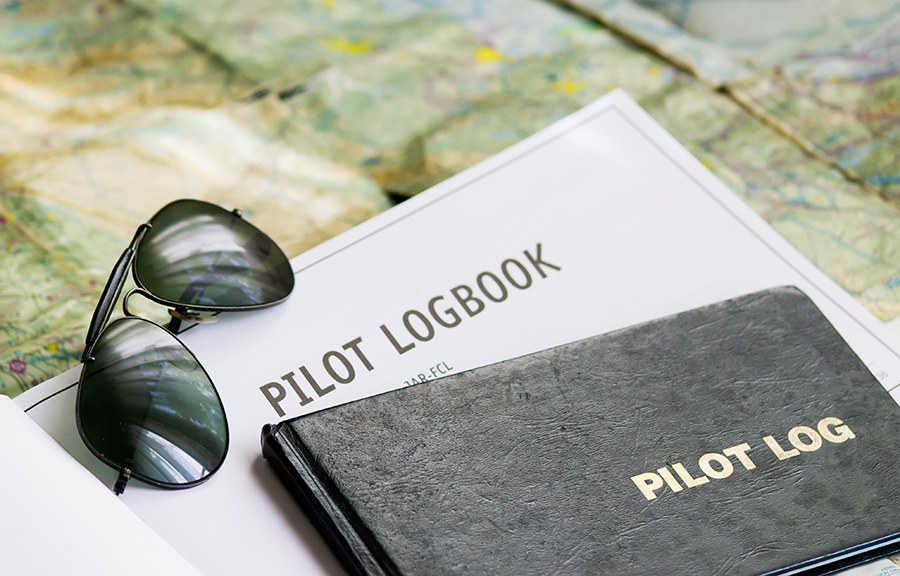
While a logbook cover is not a necessity, it can certainly make your logbook look more professional. A logbook cover can protect your logbook from the elements and also give it a more professional look.
Furthermore, some services offer customized logbook covers, allowing you to customize the look of your logbook to your liking.
Conclusion
As a pilot, either career or private, you must maintain a high level of professionalism. That professionalism is demonstrated in your logbook.
Therefore, it is important that you take the time to update, maintain, or change your logbook – and continue to do so in the future.
